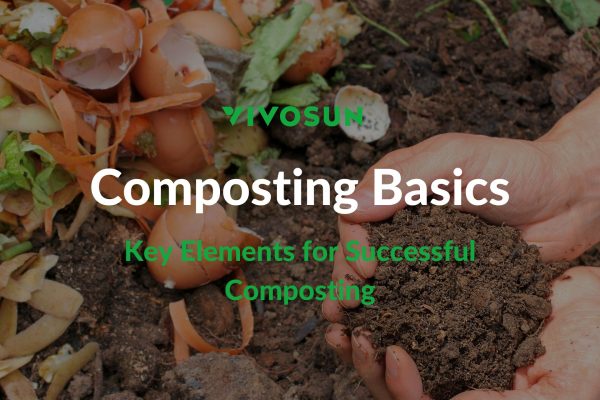Table of Contents
How do you know when it is time to harvest? The question is simple but sometimes isn’t easy to answer especially between different strains of cannabis. But clearly, there is a big difference between autoflowering varieties of cannabis because the growth process of autoflowering is significantly shorter than other strains. If you harvest on a regular schedule, you may lose out on THC levels and terpene profiles.
How to know if my autoflower is ready to harvest?
The best time to harvest depends on what kind of effects you are searching for: if you want them to be more Indica-like then you might want to wait a little longer to harvest. If you want sativa-like effects you can harvest slightly sooner.
When you purchase autoflower seeds, there is a growth cycle schedule based on the specific strain you purchased. You can use this table to know the approximate time required for each of the different growth stages and you’ll see a data sheet detailing the key characteristics of each strain, which should be provided by the seed seller—the “seed harvest time” and “flowering time” should be shown for each specific strain. This way you can know when they will be harvested. You can further confirm the specific time based on the following factors.

Trichomes
Trichomes are the best indicator of your plant’s maturity. These are the mushroom-like glands that cover the buds of cannabis, and it’s these little glittery things that create cannabinoids and terpenes. Their different forms represent different levels of maturity of the plant.
When your autoflowering cannabis enters the flowering stage, its trichomes will mostly be translucent. When the buds are ripe for harvest, the trichomes will become cloudy and amber in color—a sign that the glands are producing enough THC and terpenes. This is difficult to observe with the naked eye, so you can use a camera or jeweler’s loupe to observe the changes in the trichomes.
Looking at the trichomes is a common way to see if cannabis is ready to be harvested. But autoflowers have different growth cycles, and just looking at the trichomes is not enough to determine the exact time of harvest.
Leaves
The changes in leaves represent changes in the state of the cannabis plant. The leaves at different stages have different shapes, and if your plant suffers from health problems, such as malnutrition, heat stress, etc., these will also appear on the leaves, so don’t get too worried if your plant looks a little down.
As your autoflowers are nearing harvest time, their leaves will take on a mature tan coloration and some may even fall off. Don’t be too anxious if your leaves are consistently showing a fresh green, your plant is working hard to bloom.
Demand for Water
As your plants are close to harvest, their water needs will decrease. You can test the top soil and if the soil is still moist when it should be dry your plants are about ready for harvest. During this period, you should also reduce the amount of watering. Because their lives are coming to an end, they don’t need as much water to survive and provide nutrients.
The Autoflowering Timeline
Seedling Stage: The seedling stage of autoflowering is short, and the process from germination to a set of true leaves can be completed in about one to two weeks.
Vegetative Stage: This stage will probably last 2-3 weeks. Your autoflowering is constantly absorbing the nutrients you give them at this stage, building up strength for flowering. There may be a slight time difference between different strains, but not much.
Flowering Stage: The flowering stage will be relatively long, around 6-10 weeks. They begin to grow buds rich in cannabinoids and terpenes. Some high-yielding strains can even reach full maturity in 5-8 weeks.
Overall, autoflowering takes about 8-14 weeks from seed to harvest. This is much faster than “photo periodized” strains. This is also the reason why many farmers choose to grow autoflowering varieties.
Autoflowering Stages
| Week | Stages | Details |
| 1 | Germination and Seedling Stage |
|
| 2 | Early Vegetative Stage |
|
| 3-4 | Mid-Vegetative Stage |
|
| 5-6 | Late Vegetative Stage and Pre-Flowering |
|
| 7-9 | Flowering Stage |
|
| 10 | Ripening and Harvest |
|
You may also like articles about autoflowers:
How Much Can I Yield from Autoflowering
Great Truth! What are “Autoflowering” Seeds
Wrap-Up
Harvest your autoflowers too early and your plants will be clipped when THC peaks, and you won’t get the best quality harvest. Harvest too late and THC levels will decrease, but CBD levels will increase, such marijuana is more of a sedative.
If you have any questions, please don’t hesitate to reach out to us!
And be sure to check out our other blog posts for useful tips on becoming a great grower!
Subscribe to the Vivosun newsletter for growing tips, grower stories, and special offers, and get 12% off your first order!
We love the new Vivosun Smart Grow System and we are certain that you too will love it once you try it.
And join our Facebook farmer’s community for even more exclusive contests and prizes!
Download Vivosun App to get 15% off and explore more information!








